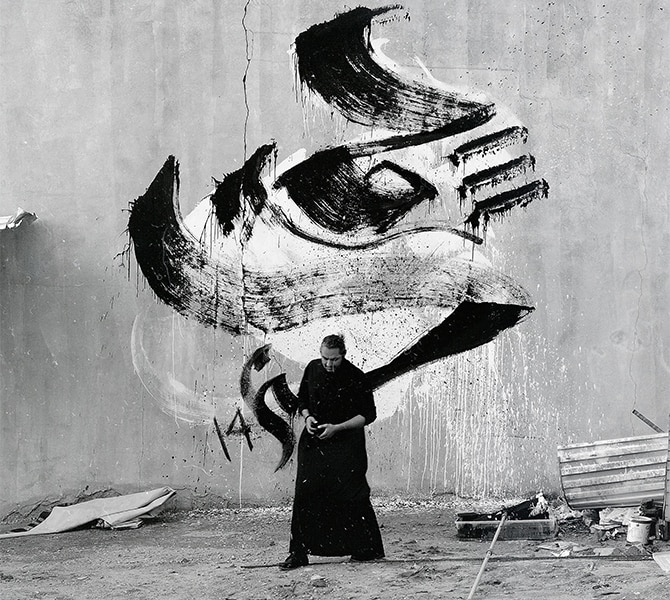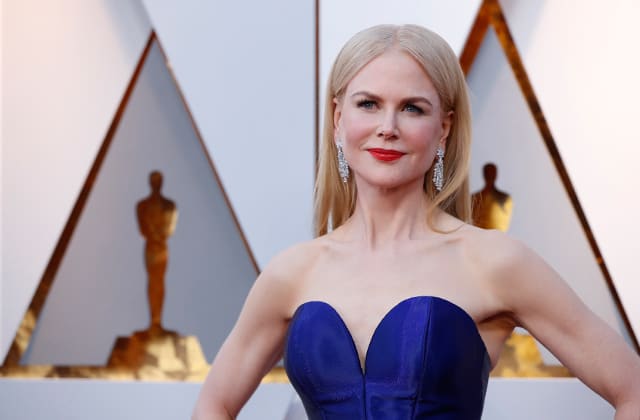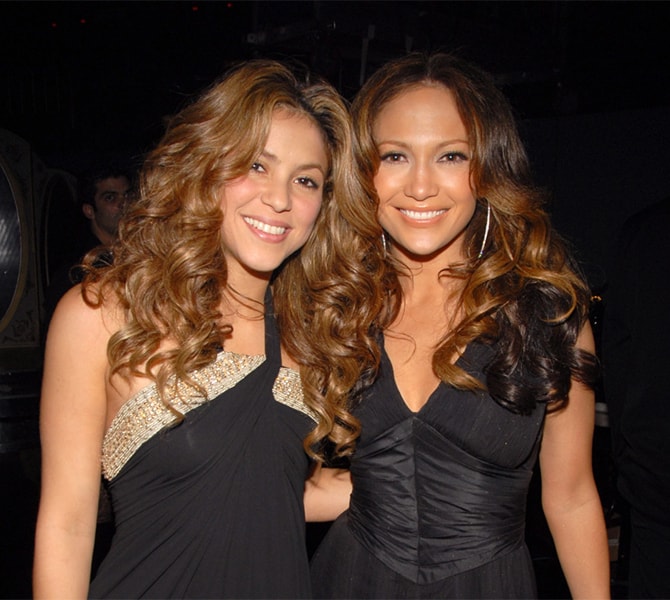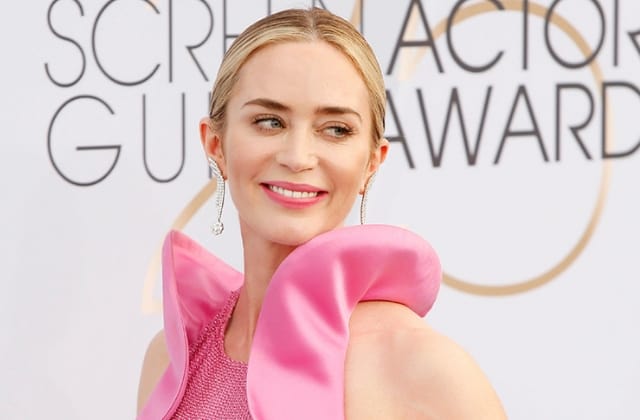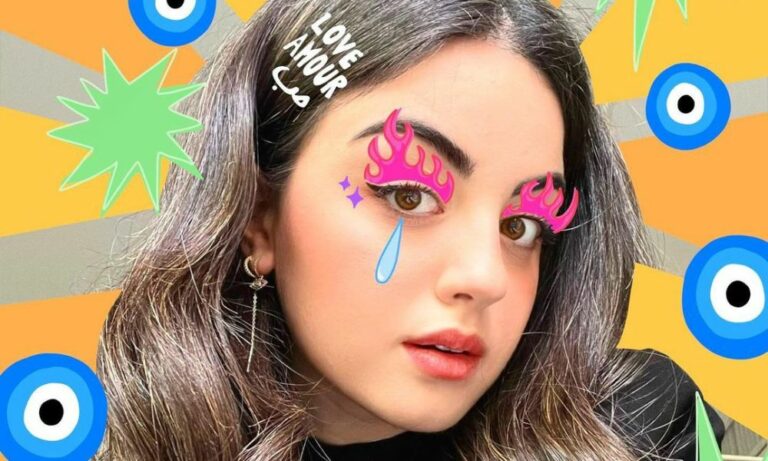Welcome to my Gems of Arabia column, where it’s all about celebrating and showcasing the hidden gems of Arabia. For my next interviewee, I have always marvelled over the remarkable Riyadh-based calligrapher Nugamshi as he writes on the walls of some of the most distinct art functions across the globe. I am completely taken aback by his ability to improvise and his artistic approach to showing the beauty of his art from a very classic and traditional perspective yet it being very cutting edge and contemporary.
For some one like me who has a soft spot for the ethos for modernising tradition, one can’t help but admire and appreciate this wonderful talent.
Nugamshi’s research explores the evolution of traditional calligraphy and typography employing different techniques and unusual tools. Despite intentionally breaking boundaries without convention, Nugamshi remains true to that tradition of calligraphy whilst stirring dialogues within communities and looking for the spirit of the Arabic letters. “A real artist creates his own material,” is what he believes in because of his experiments and experience of using different materials such as pieces of silk or fabric in a broom or brush to elongate the paint.
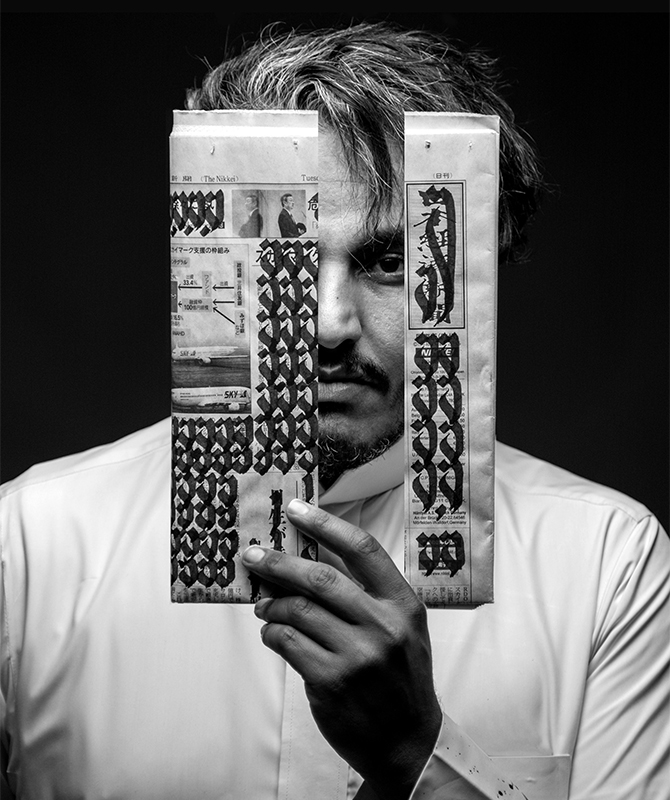
When you see the stroke of his paint brush, it’s almost as if there is a stroke of magic to his art whereby he becomes the focal point of every event.
Nugamshi is also sharing his craft and has taught workshops on basic training, techniques and the history of calli-graffiti at the YourAOK art organization in Kuwait and has presented performances and staged exhibitions in Saudi Arabia, Kuwait, Bahrain, Jordan and the US. Most recently, he presented his video works in the 2016 Sharjah Calligraphy Biennial.
It’s no surprise that he is also a branding expert and has over 17 years experience in the field. Here, as part of my ‘Gems of Arabia’ column for Buro. Middle East, we speak to the artist in depth, the importance of celebrating tradition and upcoming collaborations…
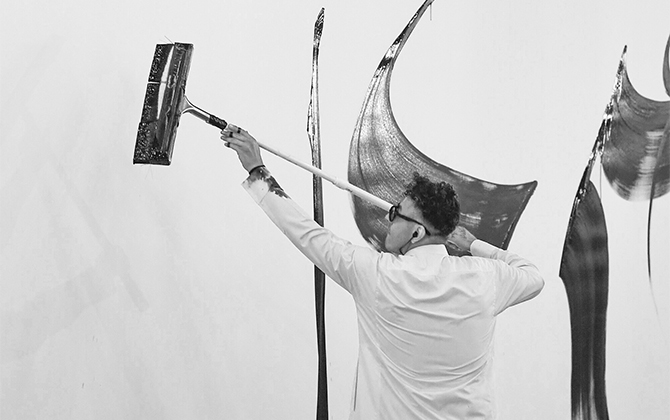
Thank you for taking the time to speak with us today, Nugamshi. When was the moment you started to realise your talent?
It was when I noticed a slight shaking in my left hand, which I use to write. So from a young age, I started refining a certain skill for expression.
Arabic Calligraphy has universally become quite an appreciated art. Do you think that there is growth for this type of art to be discovered and understood further?
My answer would be yes, in light of my fond knowledge of sculpting letters and drawing them geometrically. In the late 1200’s, the development of letters and lines was banned. However, in this era, many artists have introduced a number of contemporary methods of drawing letters, and this has made Arabic calligraphy one of the great international arts.
You are currently a part of a movement that focuses that not only modernises tradition but also, celebrates tradition. And the youth see it from a more contemporary perspective. Do you think that the younger generation is receptive to your work? If so, how?
What I do is a form of expression rather than a line, for I try to collect visual transparencies, meanings and messages all at once. I do not care about acceptance more than I seek to see discussions about my work.
There is also a very hip and cutting edge side to your work which is quite remarkable. Would you agree that Arabic Calligraphy can serve as street style and contemporary graffiti?
Early humans tried to express themselves through visual forms and drawings in caves, and I think contemporary art and street art are an indirect extension of this style. Nonetheless, the tools of expression and their tone and unity have differed in our time in terms of the means, whether they were on paper or on a wall.
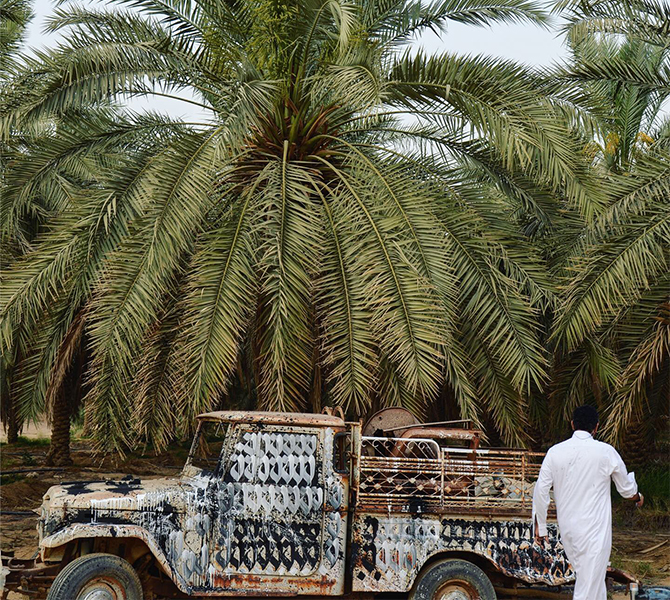
What was your most memorable collaboration? Why did it move you?
The most important collaboration took place between my mind and my hands alongside my feelings, in order to bring out my style.
Your name is as authentic as your work. What does it mean?
It is no more than my family’s nickname. When I was in school, everyone called me Nugamshi.
What’s next for you?
I do not know. I have many ideas on my mind, but making them come to life is up to coincidence.
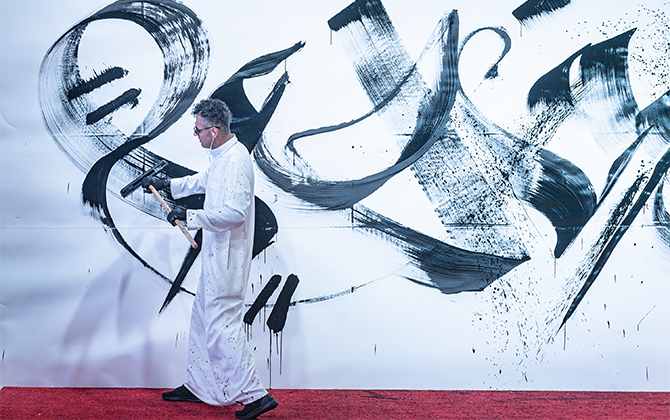
Founders and designers of the notorious Marzook, brother and sister duo, Shouq and Fahad Almarzook, have even collaborated with the artist. A celebrity-favourite in the industry (all eyes were on Kylie Jenner on her 21st birthday courtesy of a fashionable ensemble by the Middle Eastern designers), the eponymous label has blossomed into becoming of the most in-demand accessories brands of today.
Their fashionable works represent the duo’s ancestral business drive and the modernity of their combined styles. Together, they’ve chosen accessories as a medium to express their creativity and I can’t wait to see their latest collaboration with Nugamshi.
Here, I spoke to them further about Nugamshi’s works and where they see the GCC talent and artists heading in the coming years.
“The Saudi artist Nugamshi’s work speaks for itself. His dynamic brush strokes envokes a sense of belonging, the abstract calligraphy is unlike anything else we’ve seen in the Art world. His choice of tools, a heavy-duty mop, creates a juxtaposition between his traditional clothes and the art itself,” says Shouq.
Whilst Fahad says: “These past two collections with Nugamshi has taught us a deep appreciation for his work. He is a hard worker adamant to make his mark in the Art world. He will and he is making waves in international art exhibits in the US and the Middle East. What is appealing most about him is his shy demeanor and modesty. His ease during the collaboration made us want to work together on a second capsule collection “Queen of Sheba”. His ideas fit perfectly with our aesthetic as a brand and from there a mutual artisanal respect grew from both sides.”
Shouq then concludes, “With the Arab world opening up in the recent months the sky’s the limit for GCC talent and artists alike. The platform is open and available for anyone with a unique product. When shouq and I first started the industry was closed off and refused to budge, but today we see a thirst for newness.”
Now, read more of Hatem Alakeel’s captivating interviews on his Gems of Arabia column.
